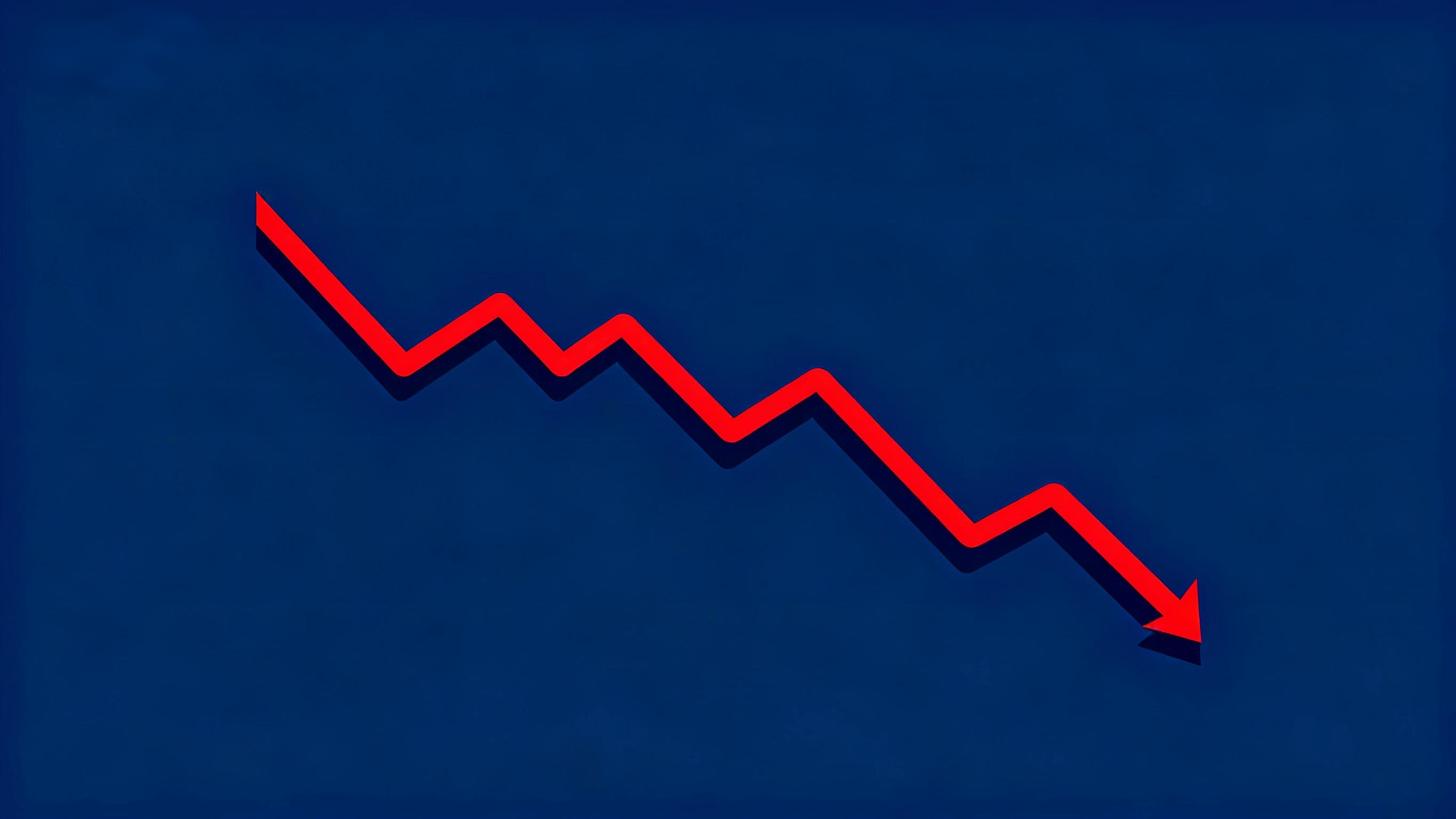
On September 16 (Tuesday), U.S. stocks closed lower in volatile trading.
At the close, the Dow Jones Industrial Average fell 0.27% to 45,757.90 points; the Nasdaq Index declined 0.07% to 22,333.96 points; and the S&P 500 Index dropped 0.13% to 6,606.76 points.
The market awaits the Federal Reserve's interest rate decision.
The final economic data release before the interest rate decision was announced. Data released by the U.S. Department of Commerce showed that retail sales, unadjusted for inflation, increased by 0.6% month-on-month in August. The growth was higher than expected, indicating that U.S. consumer spending remains strong, but this did little to change market expectations for a rate cut.
The market widely expects the Federal Reserve to announce a 25-basis-point rate cut at 2 a.m. Beijing Time on Thursday to counter the ongoing deterioration in the U.S. labor market, a trend that has been reflected in recent economic data.
The market's focus is on the Federal Reserve's full-year interest rate path—whether there will be one or two more rate cuts before the end of 2025.
Seema Shah, Global Chief Strategist at Principal Asset Management, believes that although labor demand is slowing, risks remain limited. If the Federal Reserve were to cut rates by 50 basis points at this time, it would be more due to political pressure than economic necessity. In contrast, a moderate 25-basis-point cut is a more appropriate choice, as it allows the Fed to stay ahead of economic slowdown without overreacting to initial signs of pressure.
Some analysts believe that even if the job market is weak, it has not yet hurt consumers. While this data will not stop the Fed from cutting rates tomorrow, it has dampened some of the longer-term dovish expectations.
















